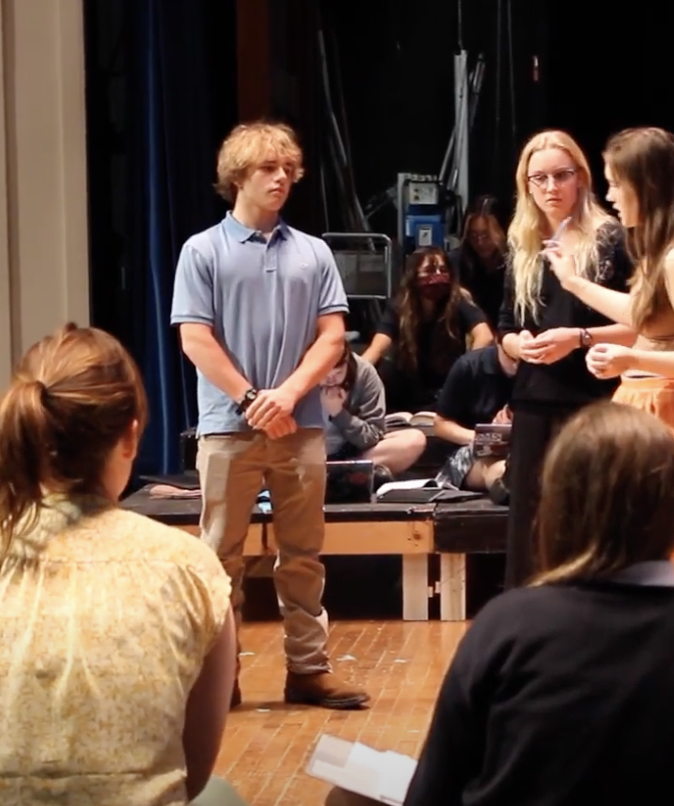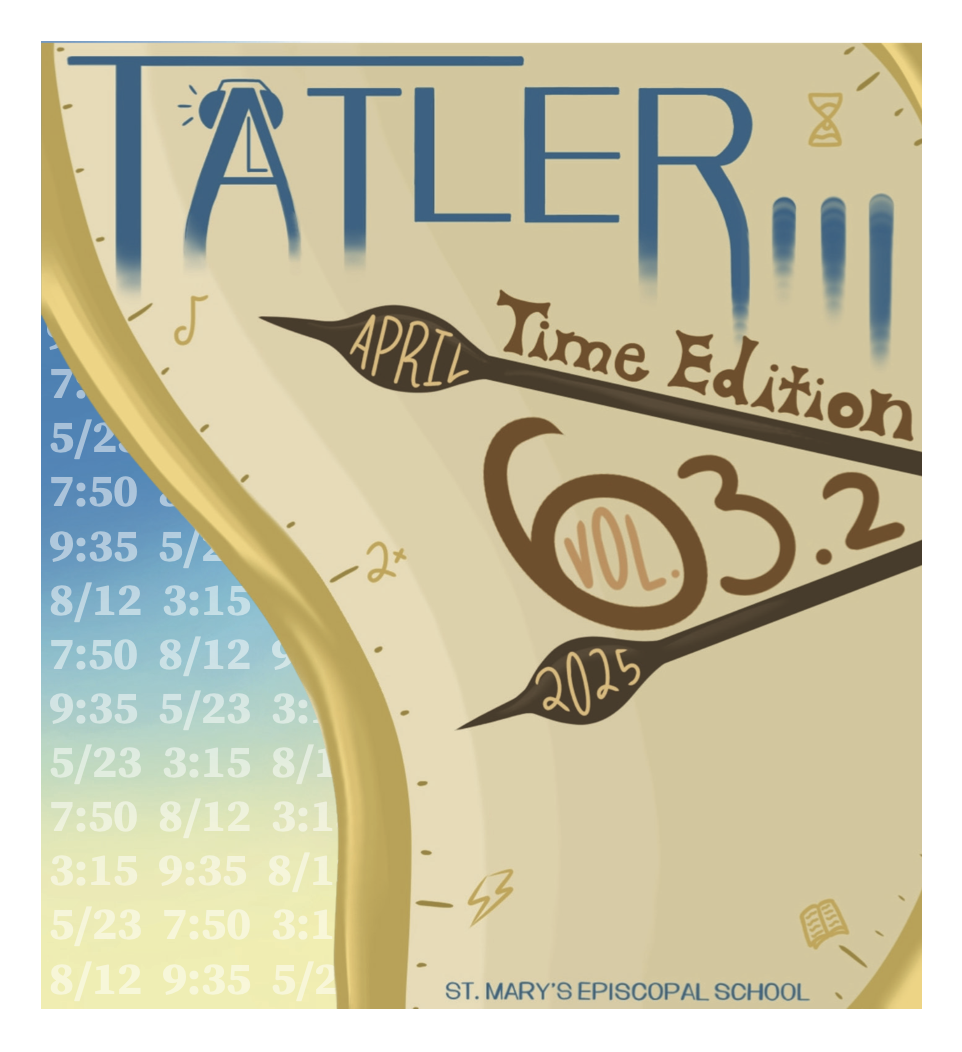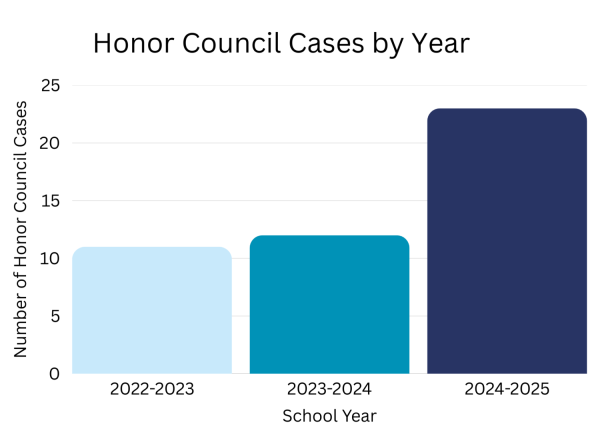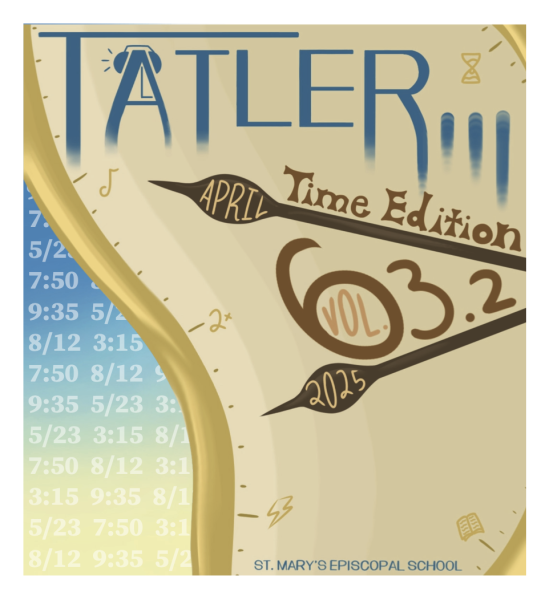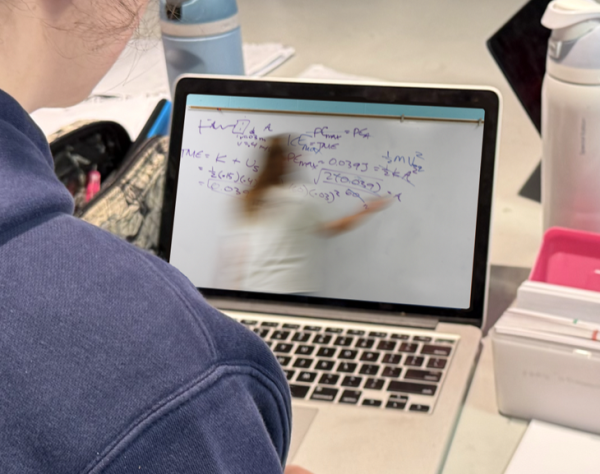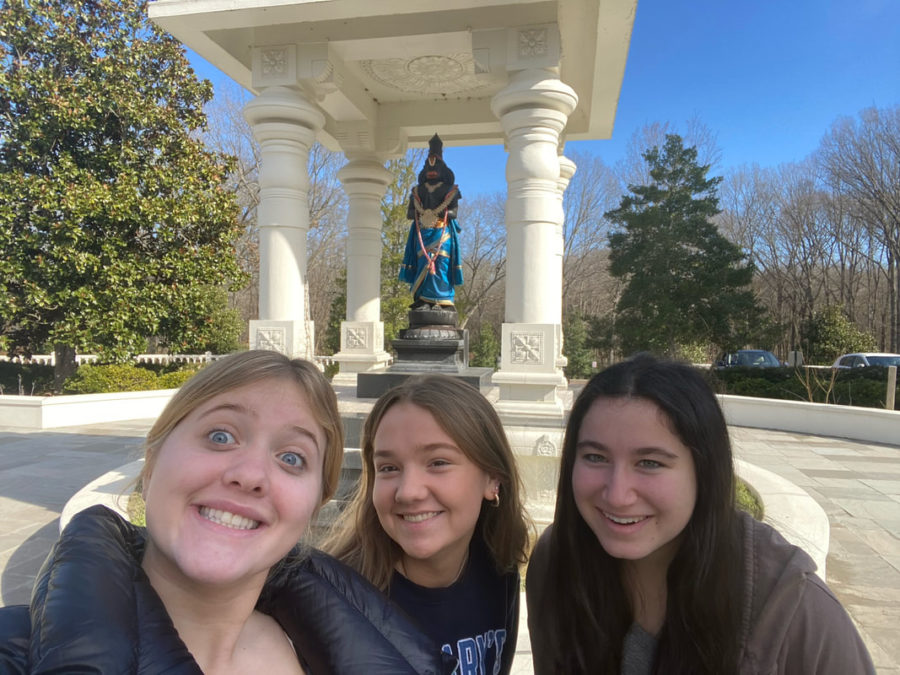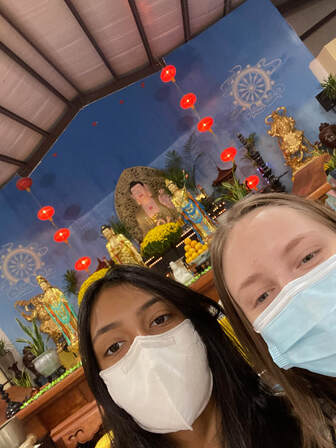Students experience Faith Foundations at places of worship around Memphis
Sophomores Lily Kate Heard, Julianna Damron and Isabel Isaacs visit different places of worship in Memphis.
Students in Mrs. Segars’s Faith Foundations class were given the optional unit project of visiting a religious house of worship. For this assignment, students attended a religious service that correlated with the current unit and then discussed their experience with the class. By pushing students to engage with experiences outside their comfort zones, this project provided students with meaningful lessons in learning about, listening to, and respectfully discussing cultures beyond their own.
House of worship visits, unlike classroom lectures, give students the opportunity to learn interactively. This leads to meaningful experiences that, for many students, hold significance beyond the lessons taught within the curriculum.
“People remember experiences,” Mrs. Segars said. “[Experiences] will create memories that can’t be made in a classroom.”
Alice Lee (10) visited a Buddhist temple. The experience expanded her horizons and further enriched what she had learned in the classroom. “I learned to appreciate and understand more in depth other people’s religion,” Lee said.
Temple visits also allow students to learn about cultures directly from their source. By listening to the practitioners of a religion and observing their cultural practices, students “[allow] people … to speak for themselves,” said Mrs. Segars. “This is about … showing dignity and respect to a culture that is not your own.”
When students returned to class after their house of worship visits, they recounted their experiences to the class. This teaches students the value of “conversing and discussing with people of different worldviews,” said Mrs. Segars.
These discussions, as with all of the conversations that Mrs. Segars facilitates in Faith Foundations, are designed to “[build] empathy” and help students to “inquire in a more deep, more intelligent way.”
Your donation will support the student journalists of St. Mary's Episcopal School. Your contribution will allow us to purchase equipment and cover our annual website hosting costs.

Senior Ella Curlin is excited to be an editor on this year’s Tatler team. She enjoys Tatler because it lets her voice her opinions and lets her talk...



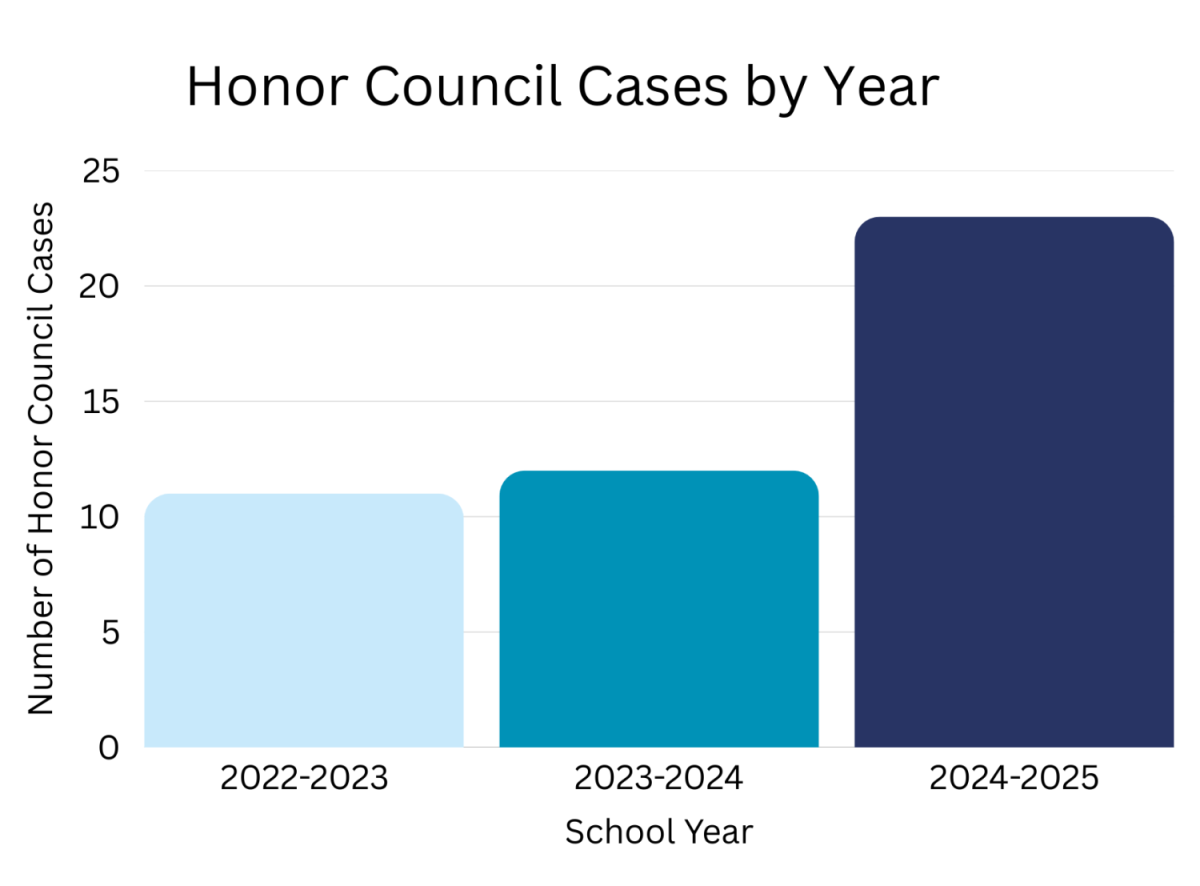
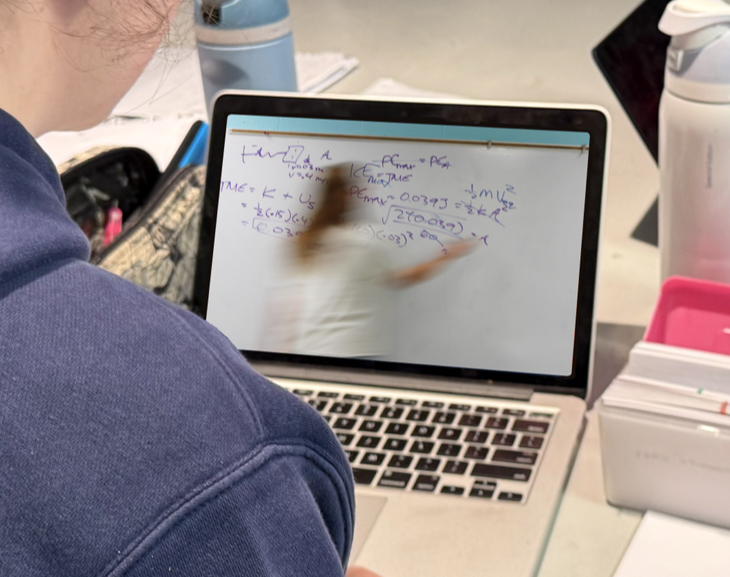




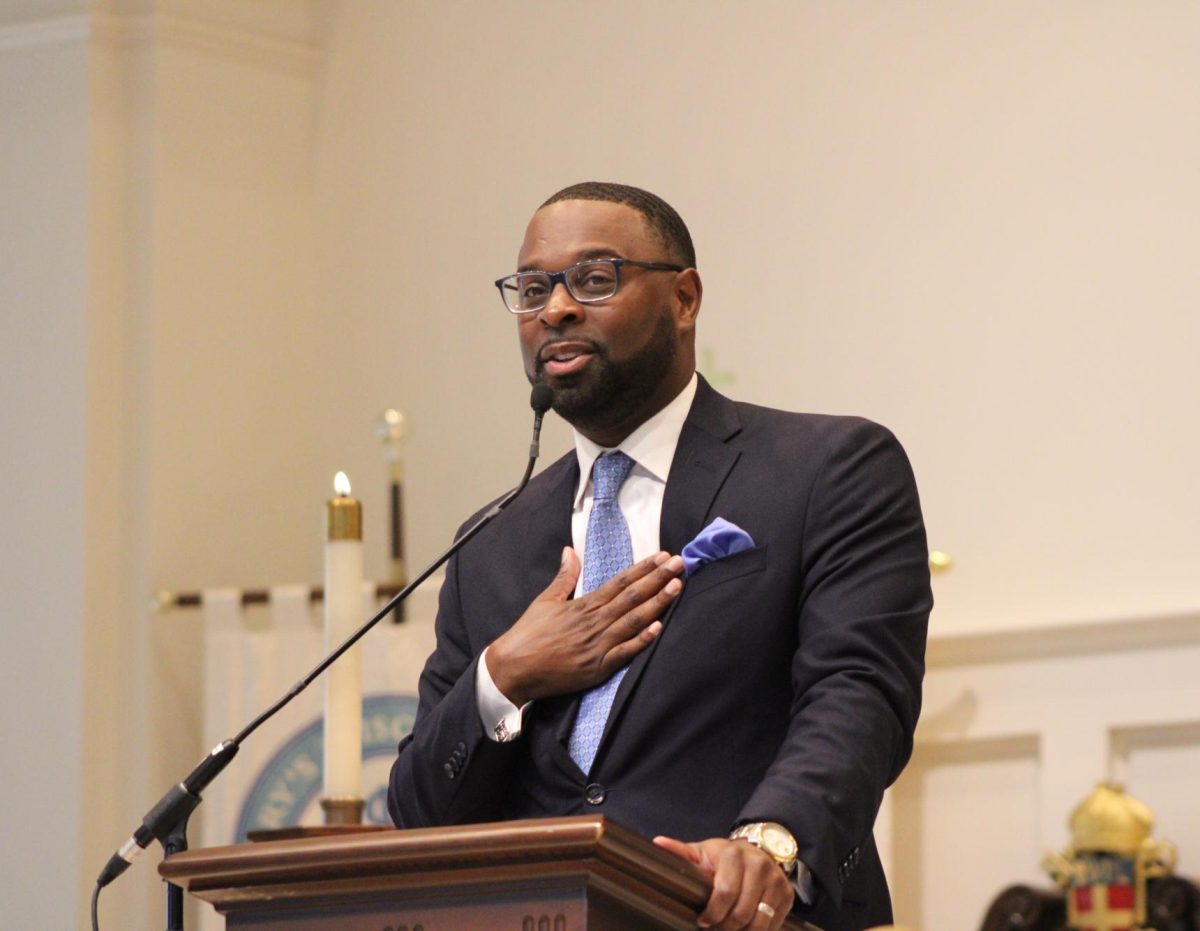
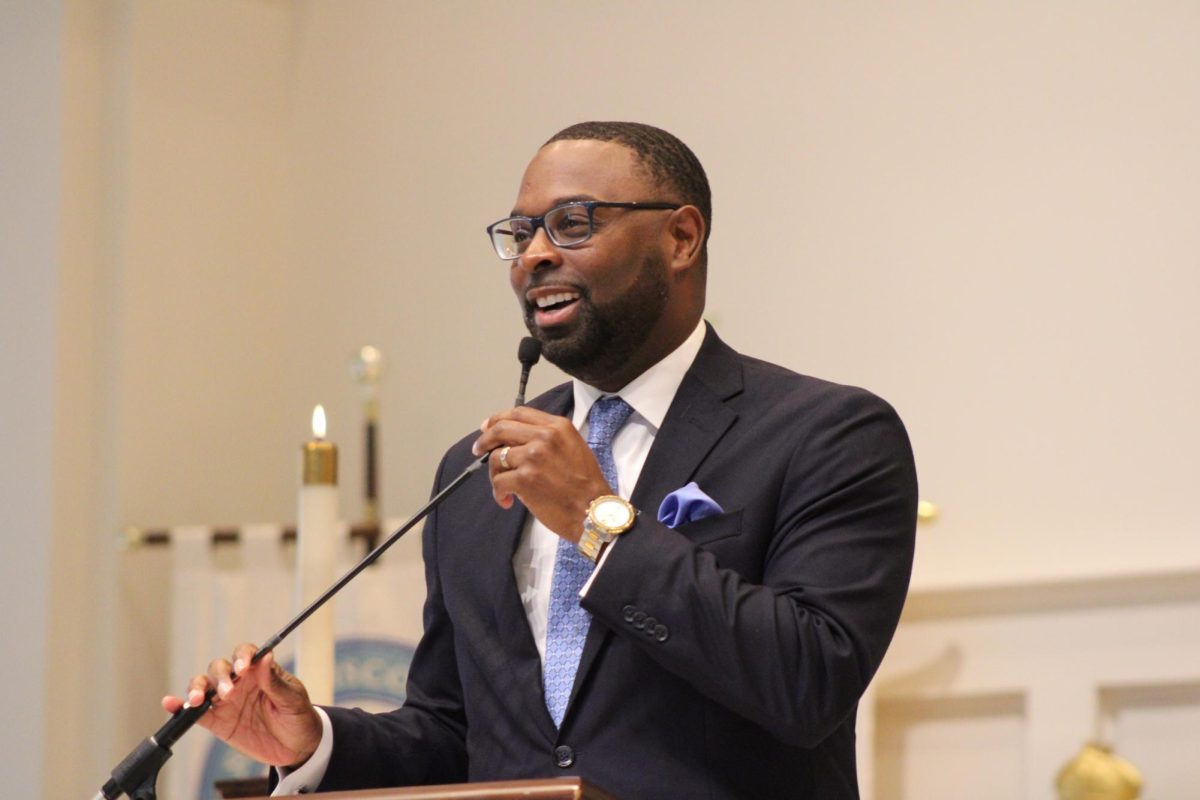
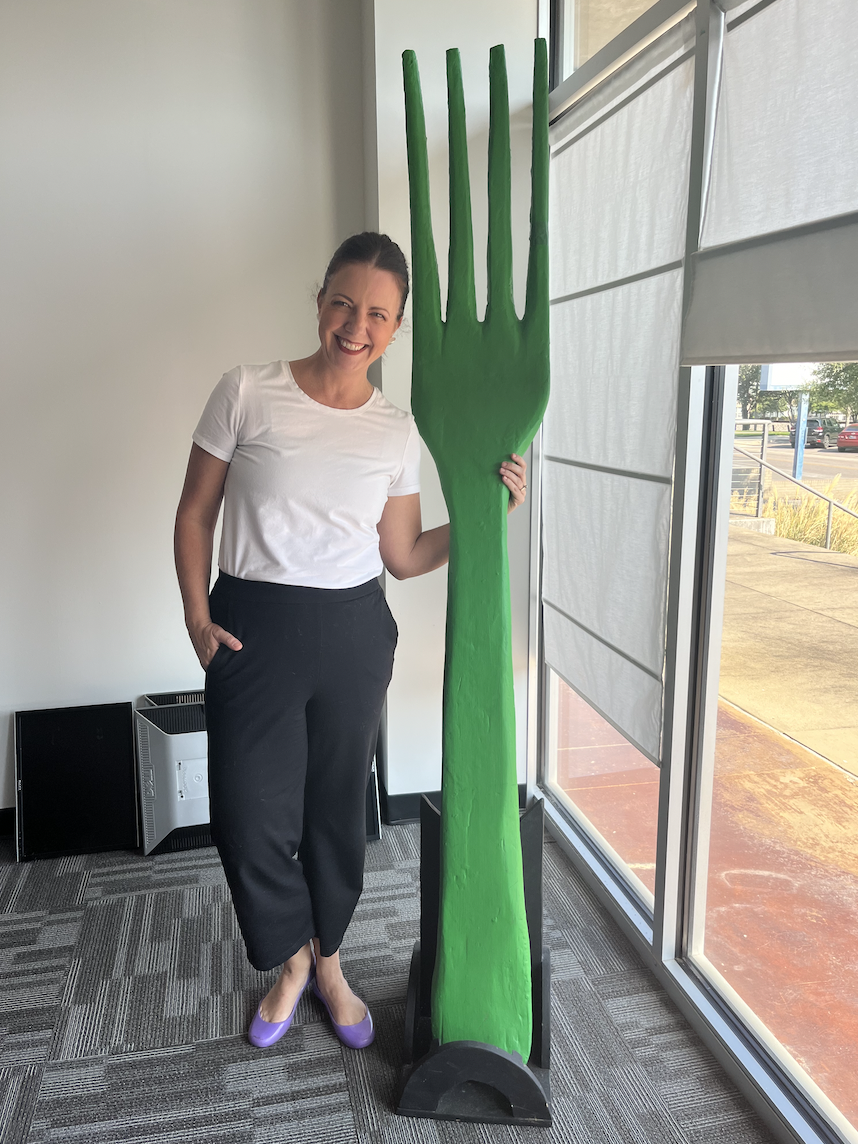




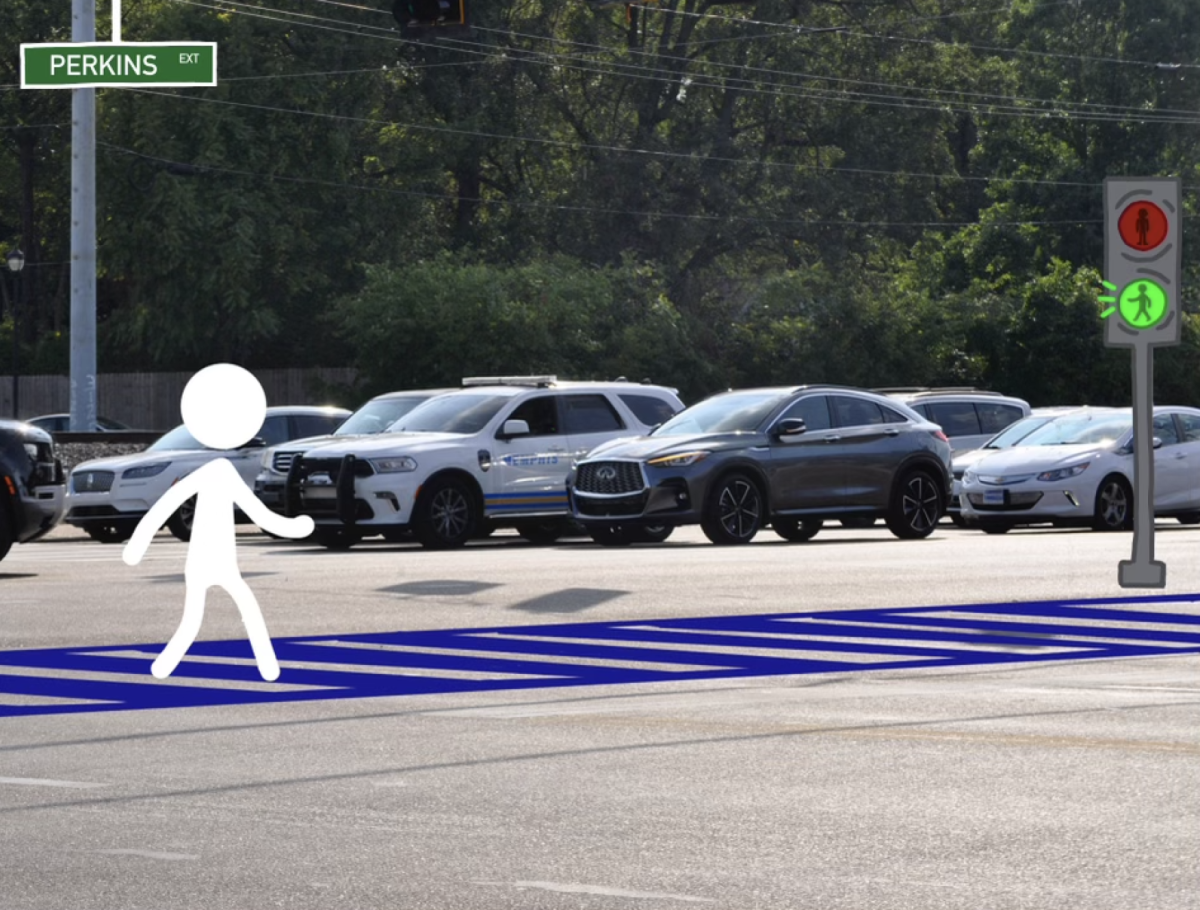





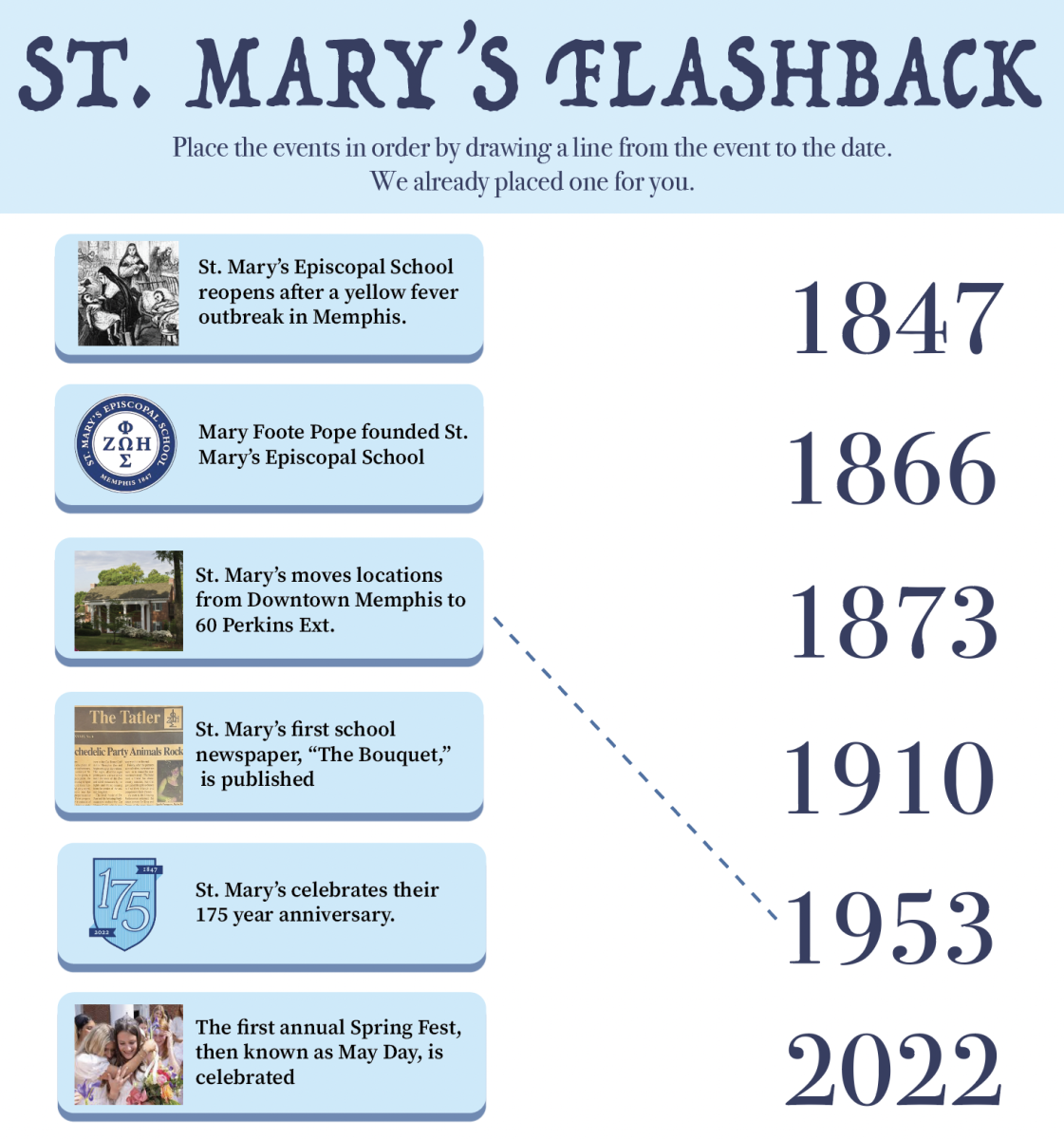



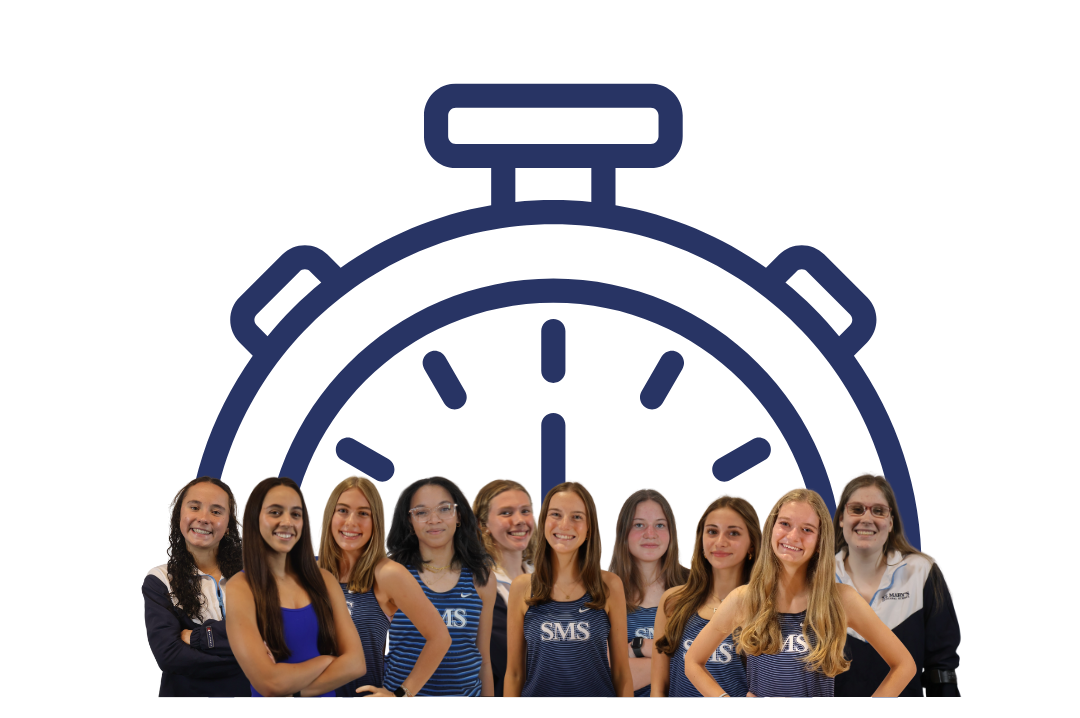





![[GALLERY] Walking in (Downtown) Memphis](https://stmarystatler.org/wp-content/uploads/2024/04/E1DAD3FE-E2CE-486F-8D1D-33D687B1613F_1_105_c.jpeg)









